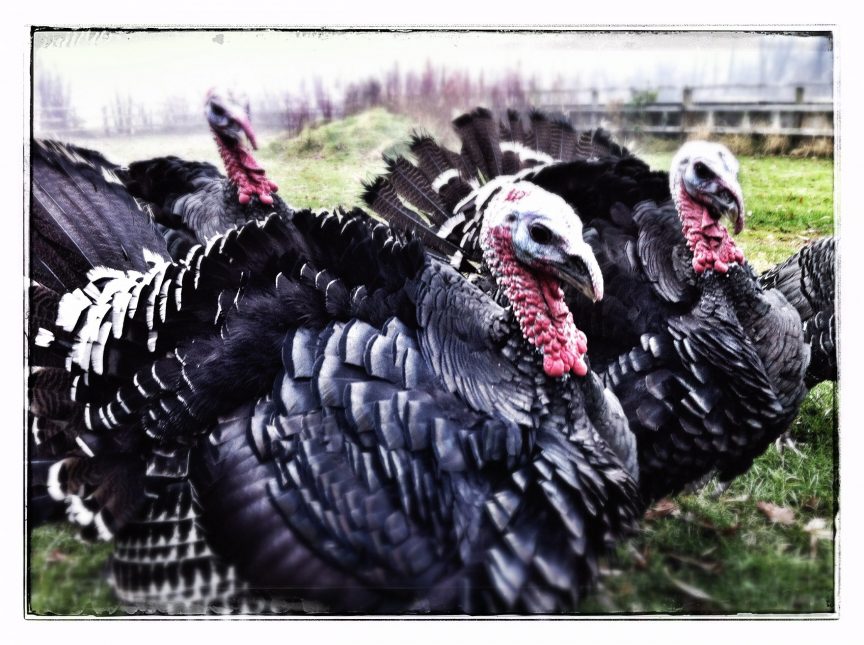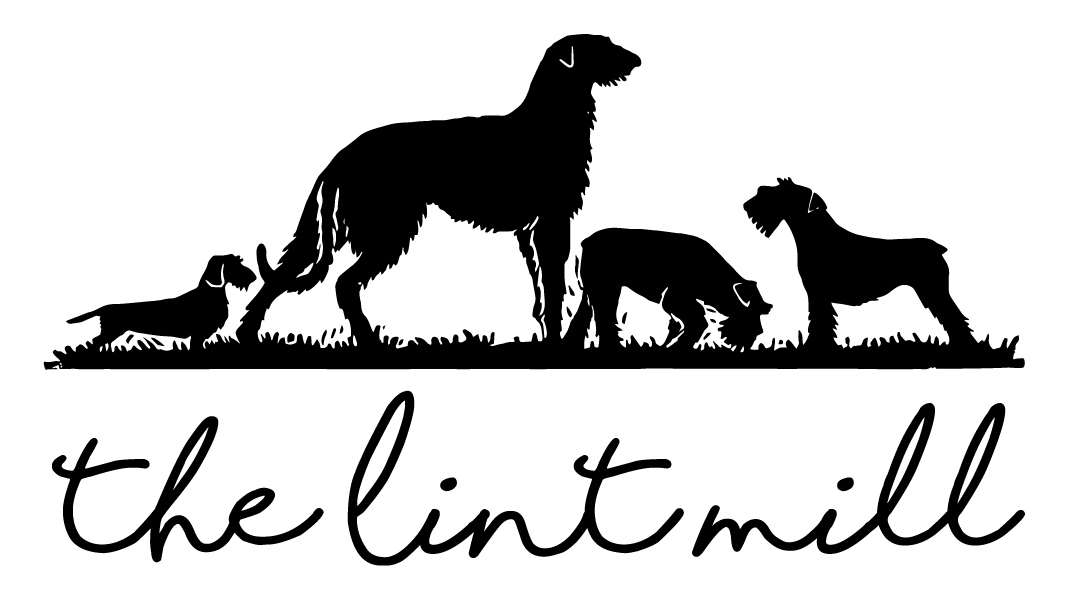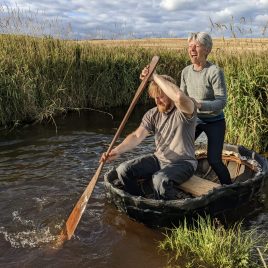
One cannot think well…
…love well, sleep well, if one has not dined well.
Virginia Woolf
During all the years we lived in Glasgow, we bought a Kelly Bronze* turkey for our Christmas festivities from our local butcher and we were never disappointed with their wonderful gamey flavour. However, after living at The Lint Mill for a couple of years we decided to have a go at raising our own. Last year we raised two birds but sadly one was taken by a fox just a few weeks before Christmas. The remaining bird was a delicious celebratory bird for our family Christmas dinner.
Well, it’s the end of November and our turkeys only have a couple more weeks with us. They have been delightful birds to have on our smallholding; tame and stately, with the stags (or toms or gobblers if you are stateside) displaying their iridescent bronze feathers daily. Turkeys somehow seem much more prehistoric birds than our chickens – the red fleshy wattles and snoods on their blueish heads, the giant, blinking eyes, the huge, scaly feet, and the unearthly gobbling sound. This year we have raised five double breasted Norfolk Bronze turkeys that we bought as day olds from Ardunan Farm in August.
In contrast to the miserable de-beaked, crowded indoor experience of most Christmas turkeys in the UK, ours have been given access to our grassy paddocks every day. They have been fed with high quality organic feed and supplemented with treats of salad greens and grapes. We house them each night because they like to perch and we like to protect them from foxes.
In about a fortnight we will take them to the nearby Garvald Home Farm to have them humanely slaughtered. We will then carefully dry pluck them and game hang them for 10 days for the fullest flavour.
We will look forward to our Christmas dinner knowing that our turkey has been ethically and humanely reared on our own smallholding.
*We still follow the basic cooking instructions from Kelly as they have proved fail-safe over the years. I copy them here with my own amendments…
- Take the bird from the fridge, leave it to stand at room temperature for 2 hours before cooking.
- Place the turkey, breast down, in a roasting tin and season the back of the bird with salt and pepper. Most of the fat deposits are on the back of the bird, which will trickle through the breast allowing the turkey to cook in its own juices and stay moist.
- I like to place a mixture of dried fruits (prunes and apricots) and a large peeled onion into the cavity for extra flavour. Only stuff the neck end – try Delia’s 18thC chestnut stuffing.
- I do not recommend using tin foil as this will result in a steamed skin rather than a crispy one.
- Pre-heat the oven to 180ºC (gas mark 4) before putting the turkey in the oven. If you have a fan-assisted oven and cannot turn the fan off, reduce the temperature to 160ºC.
- Turn the turkey over (to brown the breast) 30 minutes before then end of cooking time (this is easily done by holding the end of the drumsticks with oven gloves but be careful of hot fat). Season the breast of the bird with salt and pepper and then insert your meat thermometer halfway through the thickest part of the breast and place back in the oven.
- Check every 10 minutes until correct temperature is reached and remove from oven.
- To manually check, insert a skewer into the thigh and when the juices run clear remove from the oven. If the juices are pink, place back in the oven and keep checking at 10 minute intervals.
- Allow to stand for 30 to 60 minutes before carving.
- The stock that is produced from your turkey is truly the best. Please do not ruin it with gravy granules etc. Simply skim the excess fat from the top of the stock and then scrape all the delicious crispy bits off the bottom of the roasting tin. Re-heat the stock and then carve the meat into the stock before serving.



